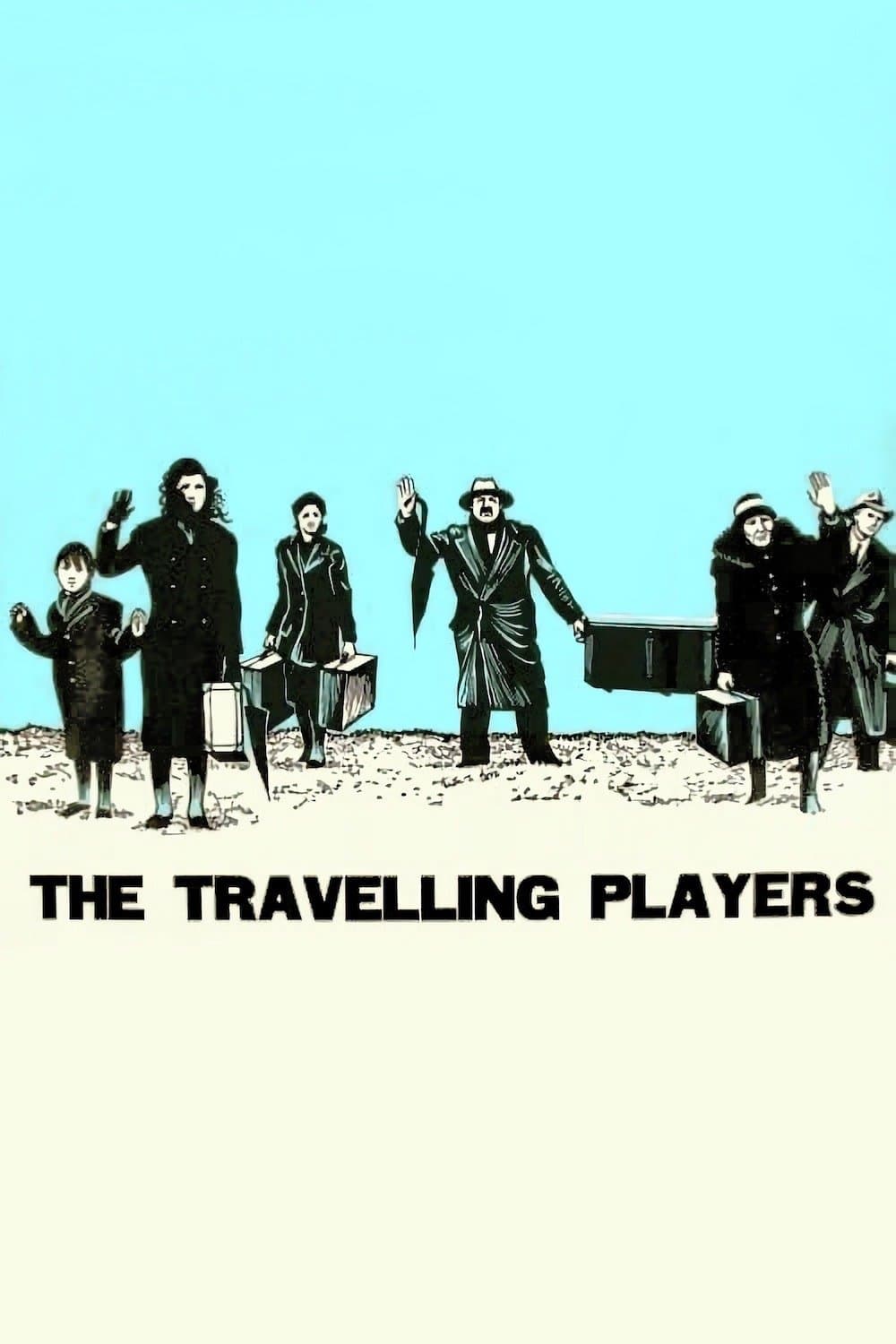
The Travelling Players
1975
Rate this movie
Average: 5.00 / 5
(1 votes)
Director
A universal and imposing work (nearly four hours in duration), epic in its passionate narration of twenty years of Greek history through the eyes of a family of itinerant players on tour with their 19th-century drama. It is not only its chronological vastness that bestows upon La Recita an almost sculptural monumentality, but its ambition to distill the essence of an era, a people, and an art into a single, torrential cinematic experience. Angelopoulos does not merely paint a historical fresco; he creates a complex palimpsest, where layers of time and memory overlap and interact, inviting the viewer to a true sensory and intellectual immersion.
There are three distinct levels, yet perpetually connected by osmosis, like communicating vessels of a single, boundless elegy.
The first is the historical level, with the raw succession of events that tormented Greece and, by extension, 20th-century Europe: the fascist aggression, the Nazi occupation, the ephemeral liberation, and finally, the painful and complex post-war politics, which culminated in the civil war and its interminable scars. Angelopoulos does not narrate history with the cold caption of a chronicler, but rather makes it pulse through individual destinies, showing how the great currents of History sweep away and define small existences, transforming the protagonists into involuntary archetypes of an entire nation poised between tragedy and hope, between idealism and compromise. The film thus becomes a profound meditation on the cyclical nature of political violence and the perennial quest for identity of a fragmented nation.
The second is the interpersonal level, woven around the relationships among the cast members, their vibrant passions, their petty and major rivalries, jealousies, illicit loves, and unexpected solidarities that form and unravel under the pressure of events. The troupe is a surrogate family, a microcosm reflecting the tensions and hopes of an entire country. The internal dynamics of this clan of itinerant artists – the actor-manager-patriarch, his companion, the young actors, the elderly mother – become a prism through which the national drama is refracted, demonstrating how the private is inextricably linked to the public, and how personal tragedies are often the silent echo of collective ones. Every gaze, every silence, every murmur captures the subtle web of human relationships that, despite the external chaos, strives to preserve a glimmer of normalcy and affection.
The third is the theatrical level, the most fascinating and metaphysical, where the film rises to a kind of mythopoiesis, explicitly derived from the myth of the Atreides and unsettlingly reflected on the characters on stage, as well as in real life. It is not a mere allusion, but a true fusion, a kind of narrative mist that blurs stage and life, obliterating the boundary between fiction and reality. The 19th-century drama that the company performs – a revisited "Agamemnon" – becomes the distorting and prophetic mirror of events unfolding "offstage." Electra is not merely a theatrical character, but it is Electra living the Greek tragedy in the 20th century; the actor-manager embodies Agamemnon, destined for a similar end, and so on. This constant dialogue between ancient myth and contemporary history, between stage and life, between archetype and person, transcends mere representation to tap into dimensions of pure formal elegy and sublime universal meaning. It is here that Angelopoulos's film converges with the Brechtian lesson of alienation and the Pirandellian exploration of the mask and the face, but with a poetry and visual density unique to his cinema.
And above all, Angelopoulos's gaze hovers, an extraordinary director not only in chiseling people and places with almost sculptural precision, but above all in allowing the most recondite poetry to shine through in the form of images. His mastery is manifest in the skillful use of the long take, which is not a mere technical virtuosity, but a tool to explore space and time, to allow the viewer to inhabit the scene, to breathe the atmosphere. Every camera movement is calibrated, every shot a pictorial composition, revealing ingenious technicalities aimed not at disorienting, but on the contrary, at giving a sense of continuity and depth, at not allowing the astonished and enraptured spectator to lose their bearings, enabling them to perceive the circularity of time and the superposition of dimensions. It is his distinctive signature: a calm yet penetrating lens that captures the intrinsic melancholy of the Greek landscape, the inevitable fatalism of its people, and the silent heroism of resistance.
Many memorable scenes, little jewels embedded in this colossal odyssey. One among them stands out for its symbolic resonance: the one where Electra, upon entering a provincial ballroom, witnesses the silent but highly intense confrontation between fascists and communists, two groups seated at their respective tables, opposite each other, divided by an ideological abyss. The challenge is not fought with weapons or proclamations, but with parodic songs and provocative dances, in a kind of performative duel that anticipates the violence about to explode. The contrast between the music and the dance, expressions of vitality and popular culture, and the growing tension, culminating when one of the fascists pulls out a pistol and, firing into the air, drives away the rival group, is a microcosm of the historical drama unfolding. It is a scene that exemplarily captures the essence of La Recita: theatre becoming life, politics erupting into celebration, poetry dissolving in the clamor of History, leaving behind a sense of loss and perpetual questioning about the destiny of a people. Angelopoulos's film is not just a review of the past, but an eternal warning, a visual symphony that continues to resonate powerfully, compelling the viewer to confront the inextricable dialectic between memory and present.
Country
Gallery
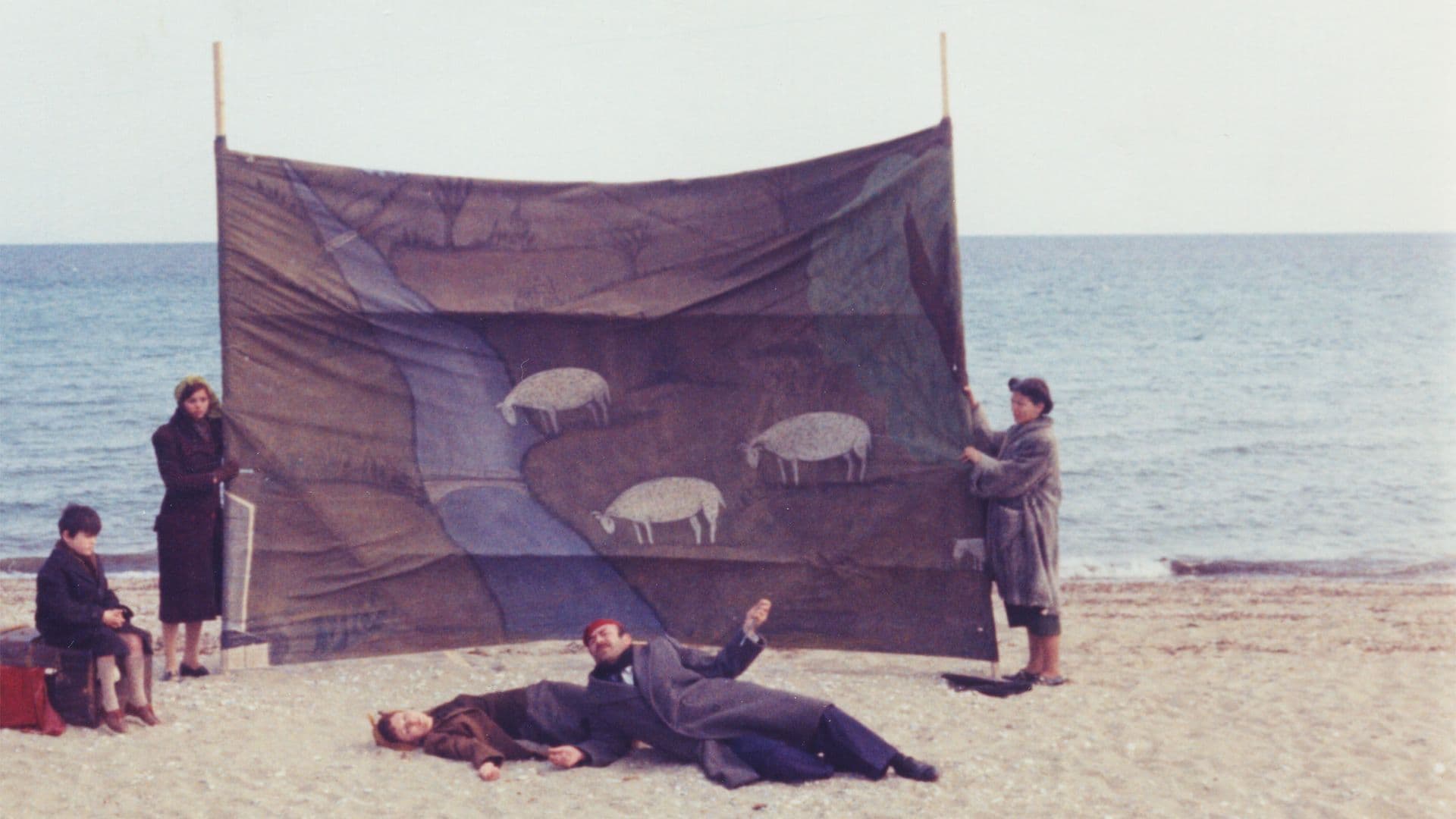


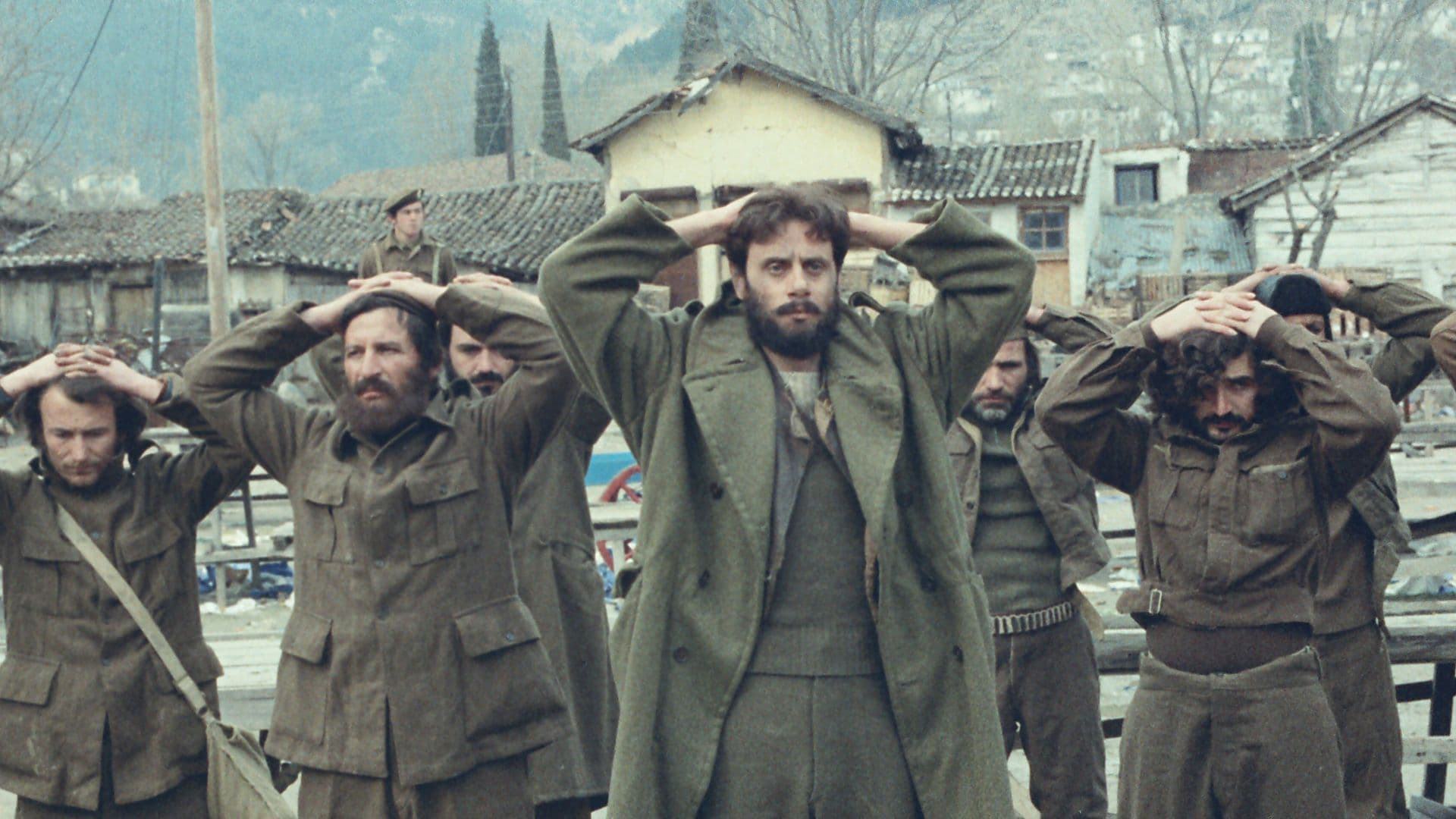
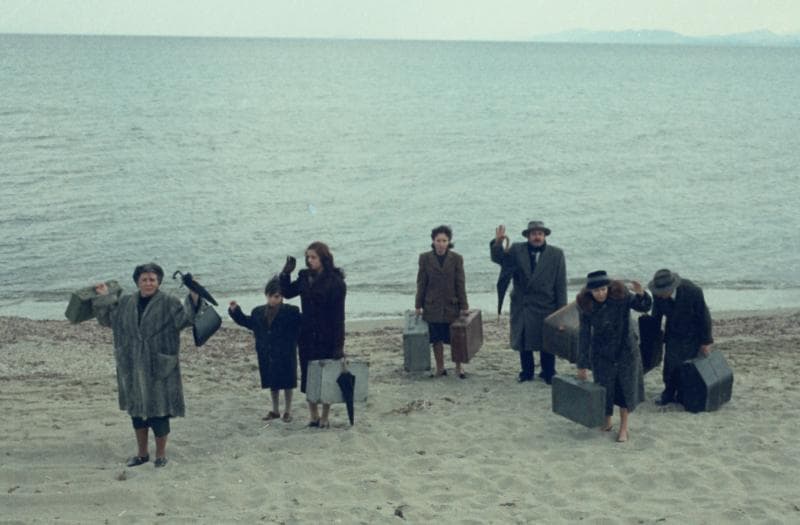
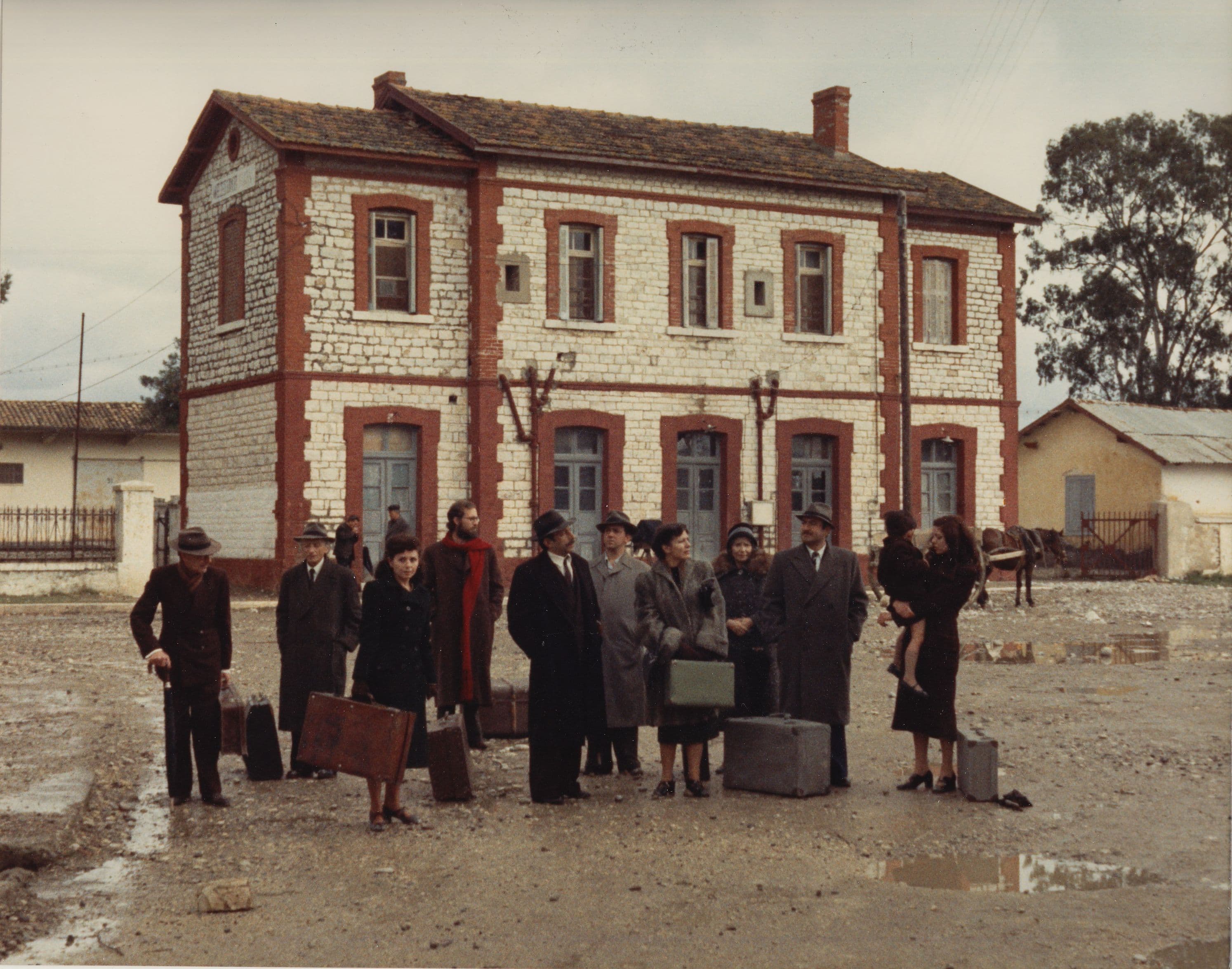
Comments
Loading comments...